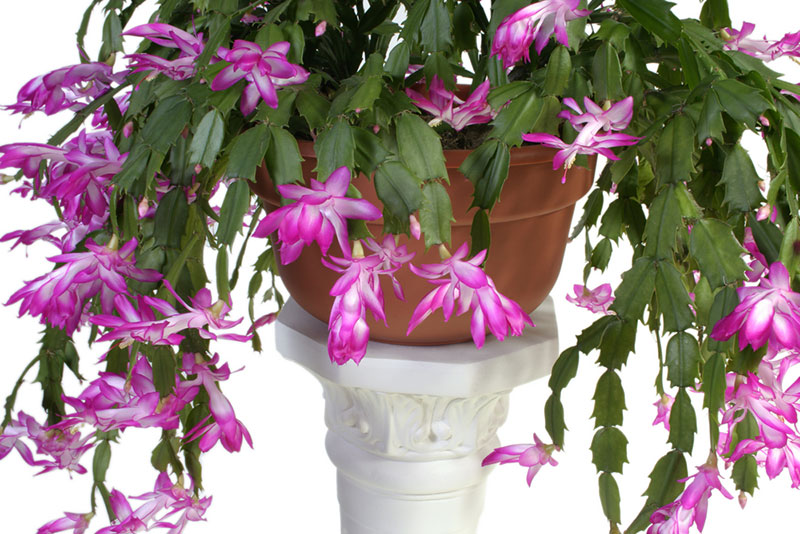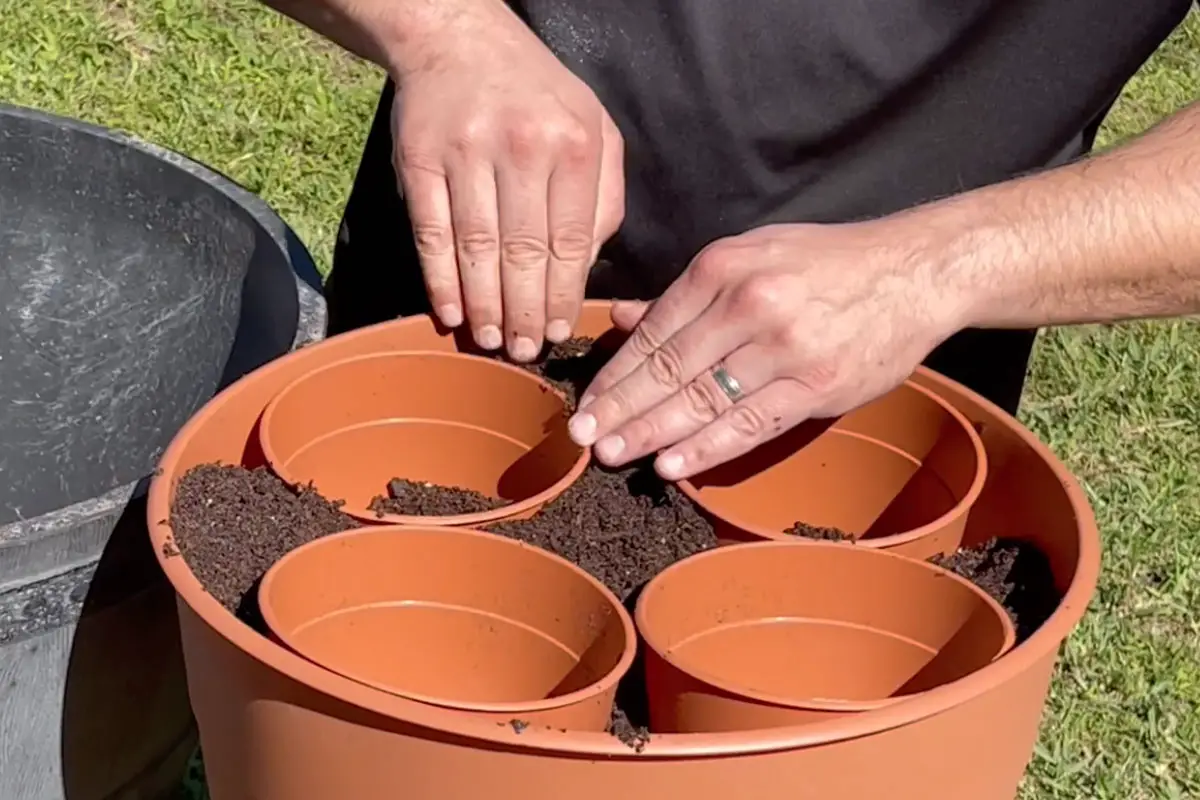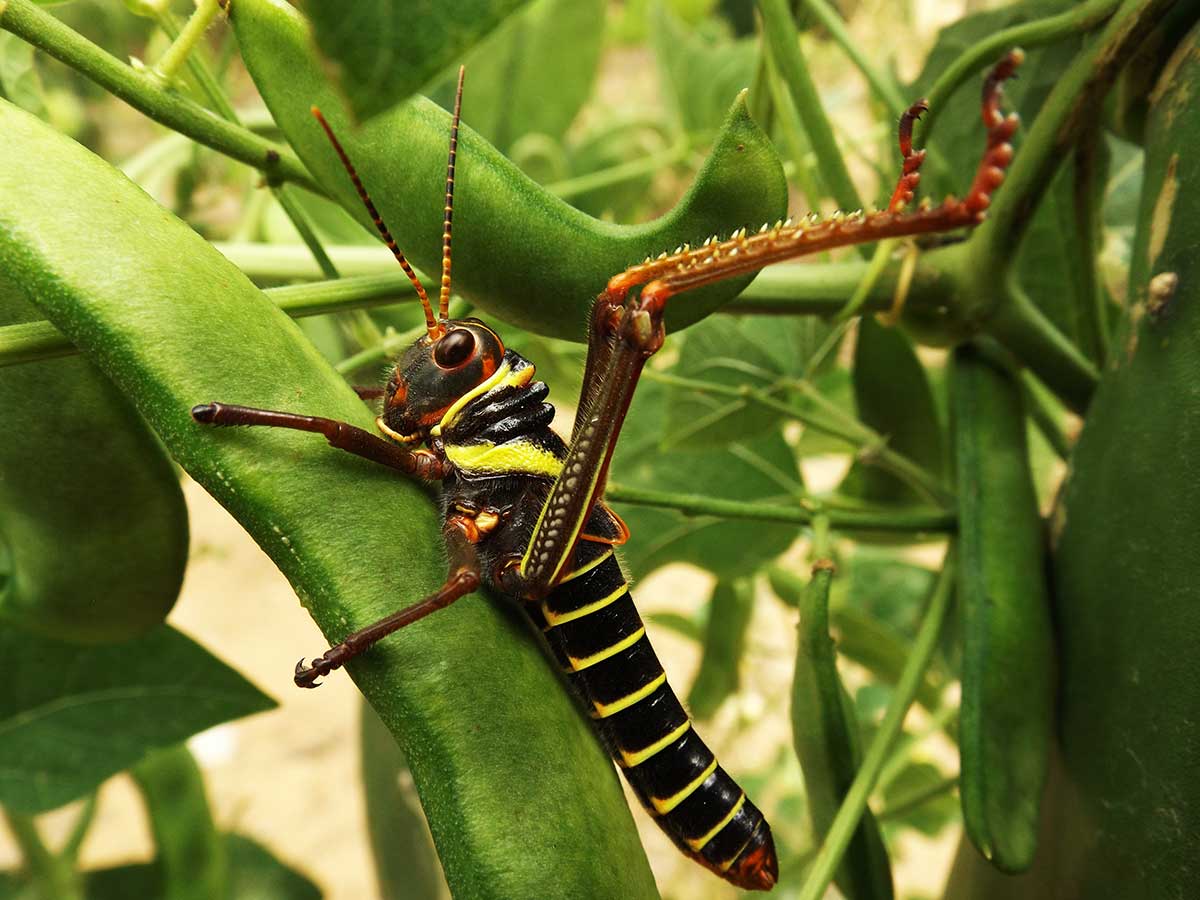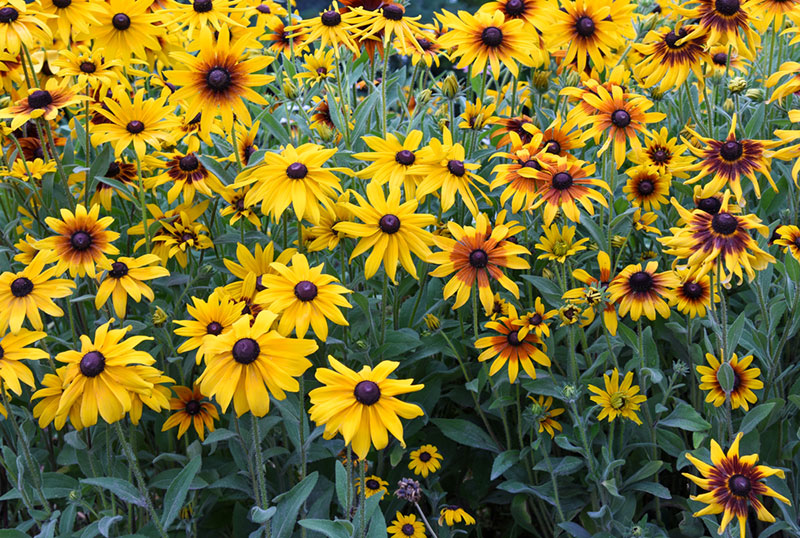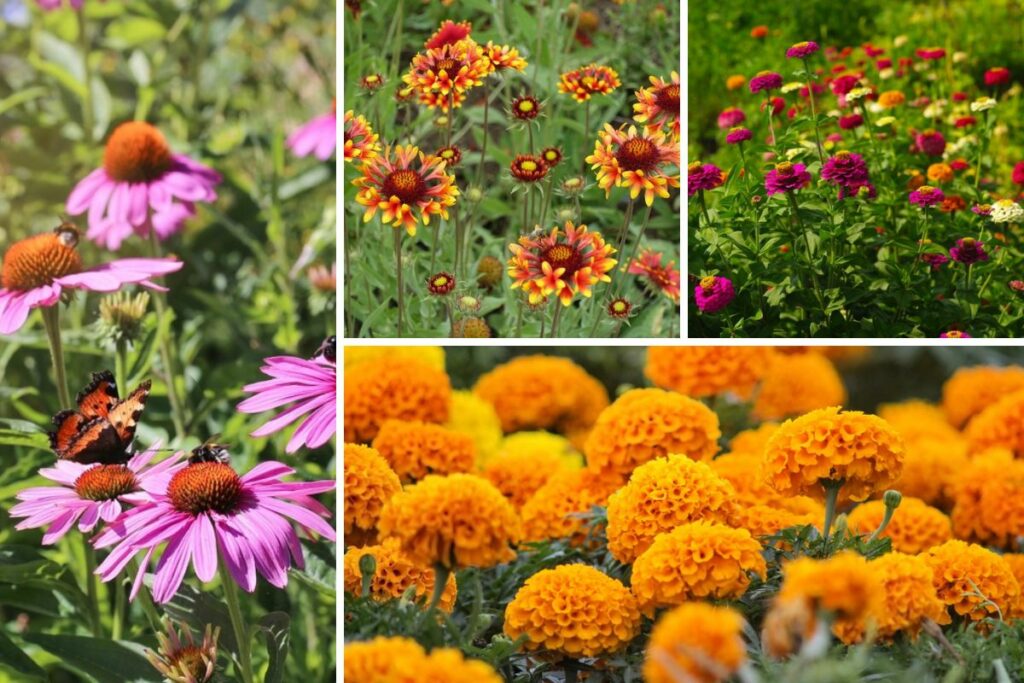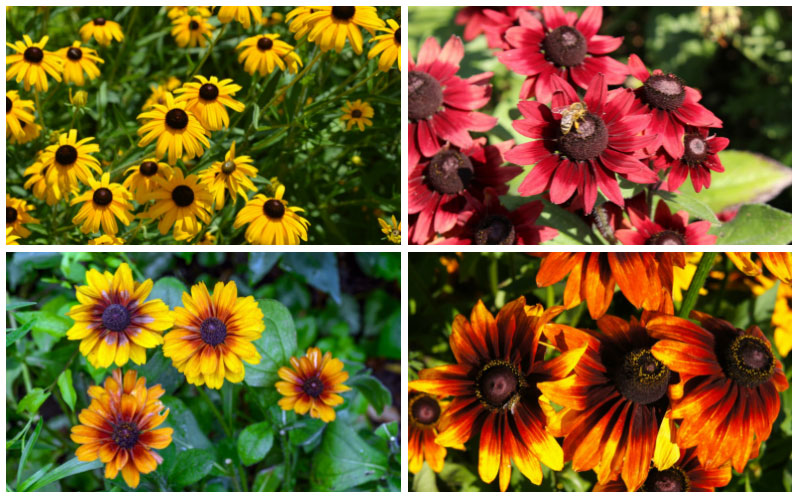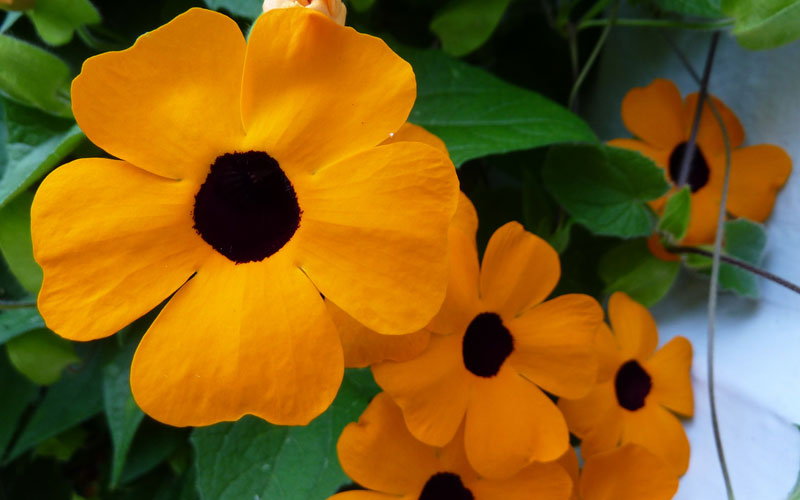
Black- Eyed Susan vines are not to be confused with the bushy Black-Eyed Susan wildflower (Rudbeckia Hirtathat) that is native to the U.S.
The Black-Eyed Susan vine (Thunbergia Alata) is a tropical plant that originally came from parts of Africa, Asia, and Madagascar. The only real similarity between the two is that both bear flowers with dark centers surrounded by bright yellow or orange petals.
This climber is evergreen only in zones 10 and above, where it can grow to be 20 feet; in a colder climate it is grown as an annual and reaches about eight feet. The dark green leaves are arrow-shaped and get up to 3” in size, and the vines bloom profusely from the early summer through the fall with five-petaled flowers in the familiar yellow and orange, but are also available in salmon, rose and apricot.
Black-Eyed Susan vines can be started from seed purchased from our store or from seeds you collect and save from growing the vine yourself. Simply collect the dried seed pods from the vine after it has bloomed and store them in a plastic bag. They will remain viable for at least two years if kept dry and not frozen.
Propagation
- Seeds should be sown directly into garden soil in the spring after all danger of frost has passed, or indoors 7-8 weeks before the last frost. Germination takes approximately 10-15 days with the ground temperature or growing medium at 70-75 degrees.
- Seeds of this plant germinate slowly, so don’t expect to see any sprouts for two to three weeks after planting. Some gardeners believe that soaking the seeds overnight before planting speeds up the germination process by softening the seeds’ hard shells.
- Another method of propagation is to take a stem cutting from your vine and put it in water until it starts to grow its own roots, then plant the cutting directly into the ground or container.
- Layering is another way of propagating the vines that work especially well in warmer climates where the plant is perennial. Take part of the vine that is already low to the ground and bend it so the last six to eight inches can be covered with earth without removing it from the plant. Stake it down and keep it watered, and in a few weeks, roots will have formed. You can then cut it off the mother plant and it will become a vine on its own.
- In warm climates, Black-Eyed Susan vines often propagate on their own, with new plants growing from seeds the plant dropped on the ground.
Soil
Thunbergias require rich, well-drained soil, so if they are sown into the ground directly, add a good amount of compost to the soil at planting time. If you prefer to grow your Susans in planters or hanging baskets, use a high-quality potting soil.
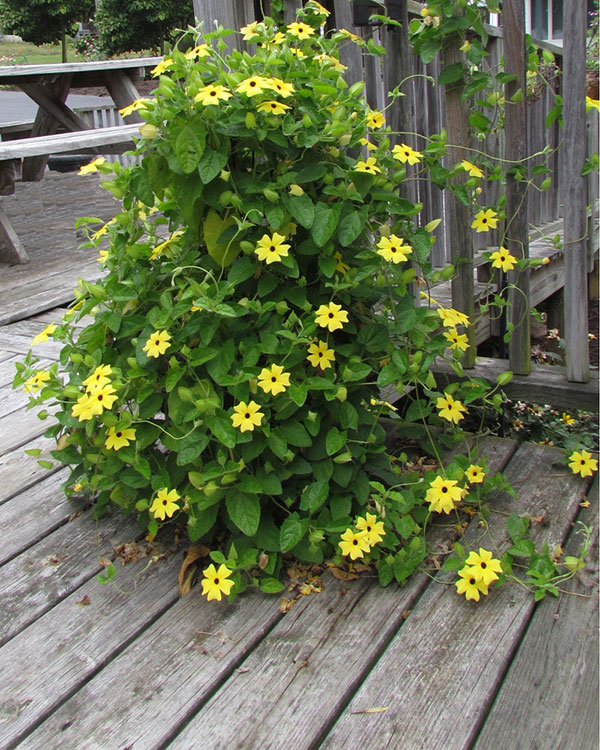
Sun
Black-Eyed Susan vines grow best with a combination of sun and light shade, and in the hotter regions, they require shade during the afternoon. They will continue to bloom as long as they get several hours of sun daily and the temperature remains above 60 degrees.
Water
Black-Eyed Susans are tropical plants and are not drought-tolerant. A layer of mulch will greatly help the soil retain its moisture. The soil in baskets or containers must not be allowed to dry out completely. Water regularly and thoroughly.
Feeding
During its blooming season, use a half-strength solution of bloom-enhancing fertilizer every two to three weeks.
Pruning
Once established, this vine can be trimmed and shaped (lightly) during the growing season, but any heavier pruning should be done in the early spring before the new growth starts.
Vine Support
Always have the climbing structure (fence, trellis, pole) in place before you plant, since you don’t want to disturb the seedlings by having to dig and construct by them.
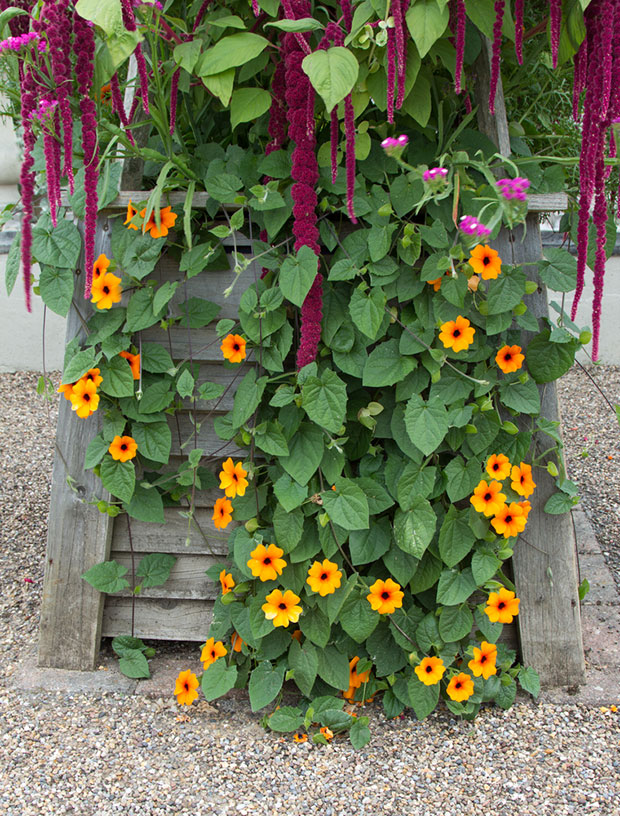
Pests
Black-Eyed Susan vines do not have many problems from disease or insects. They can become infested with whiteflies or spider mites, but these can generally be treated with an insecticidal soap rather than chemical pesticides.
The Black-Eyed Susan vine is a rapidly growing climber or ground cover that will ramble and twine up trellises and through fences, producing masses of colorful blooms and rich green foliage. They produce bright, cheery garden color spots that will delight the gardener and attract birds, bees and butterflies.

